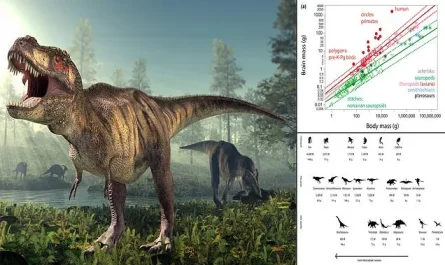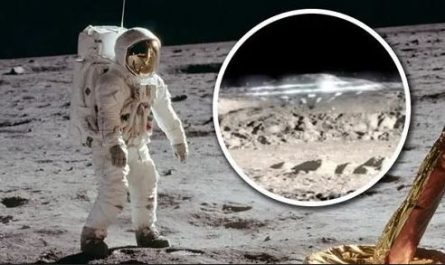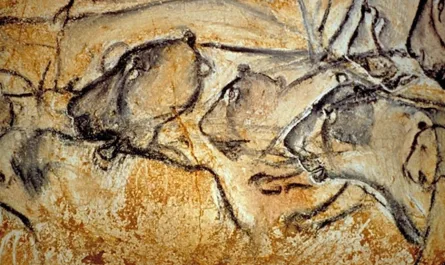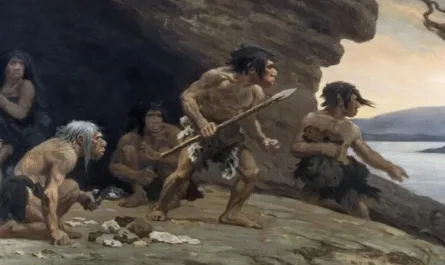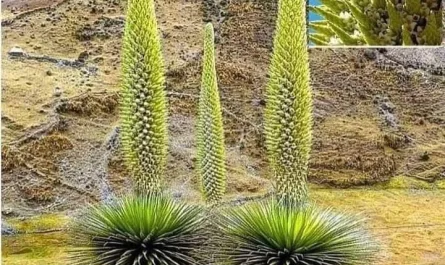In the heart of Chile’s Atacama Desert, one of the driest places on Earth, a remarkable discovery offers a window into a distant past. Around 5020 BC, a person sat down in this harsh environment and, preserved by the extreme aridity, has remained in that position for over seven millennia. The body’s skin, hair, and clothing, remarkably intact, provide a striking glimpse into ancient human life. This naturally mummified individual is part of the Chinchorro mummies, a testament to the ingenuity of the Chinchorro people who inhabited the coastal regions of modern-day Chile and Peru.
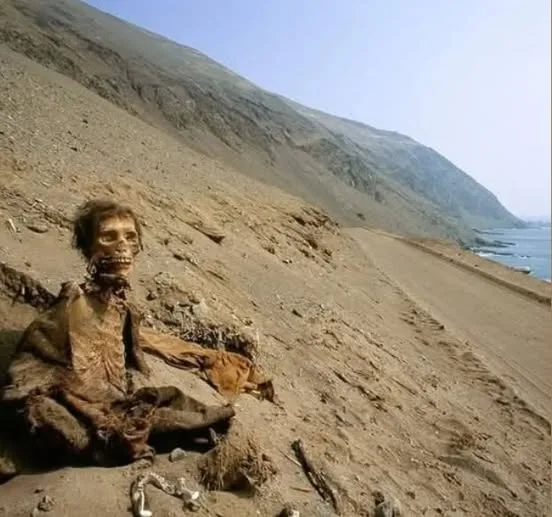
The Dawn of Mummification
The Chinchorro mummies are among the oldest known examples of artificial mummification, predating the famous Egyptian mummies by nearly two thousand years. By 5050 BC, the Chinchorro, a fishing culture living along the coasts, had developed sophisticated techniques to preserve their dead. They removed internal organs, reshaped bodies with clay and other materials, and carefully wrapped them in textiles. Scientists speculate that the natural mummification caused by the Atacama’s dry climate inspired this practice. The desert’s extreme conditions preserved bodies so well that the Chinchorro likely saw it as a model for honoring their deceased.
A Time of Plenty and Innovation
Recent studies suggest that the Chinchorro’s mummification practices emerged during a period of environmental stability and population growth. Unlike the common narrative that environmental change triggers societal collapse, archaeologist Pablo Marquet from the Catholic University in Santiago, Chile, argues that the drying of the Atacama fostered social complexity. This era of natural plenty allowed the Chinchorro to innovate culturally, developing a “cult of death” that became central to their society. While some have speculated that mummification practices might have been imported from the wetter Amazon Basin, the Atacama’s unique conditions seem to have been the primary catalyst.
A Window into Prehistoric Life
Discovered in the early 20th century, the Chinchorro mummies have provided invaluable insights into prehistoric South American life. Their incredible preservation allows researchers to study ancient clothing, physical features, and burial customs in detail. Each mummy tells a story of a long-lost culture, revealing how the Chinchorro lived, dressed, and honored their dead. These findings highlight the deep connection between humans and their environment, showing how the Atacama’s harsh climate shaped not only the preservation of bodies but also the cultural practices of an ancient people.
A Legacy Preserved in Time
The Chinchorro mummies stand as a testament to human resilience and creativity in one of the world’s most unforgiving environments. They challenge our understanding of how environmental changes can drive cultural innovation rather than destruction. As archaeologists continue to study these remarkable remains, the Chinchorro mummies offer a vivid reminder of our shared human history and the enduring bond between people and the landscapes they inhabit.
